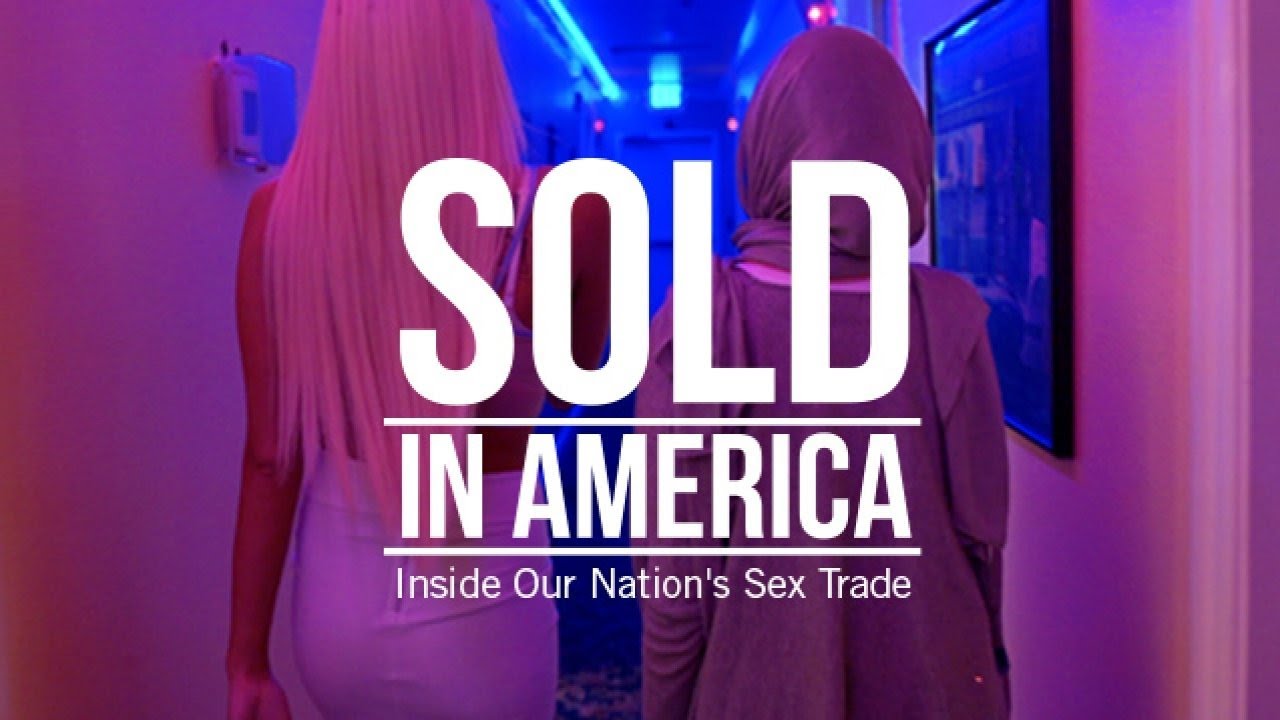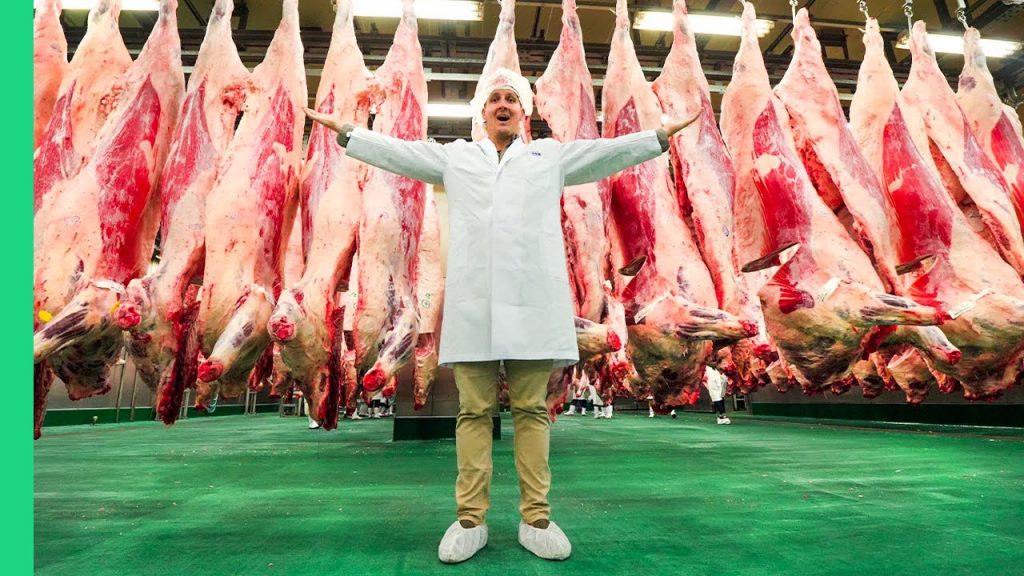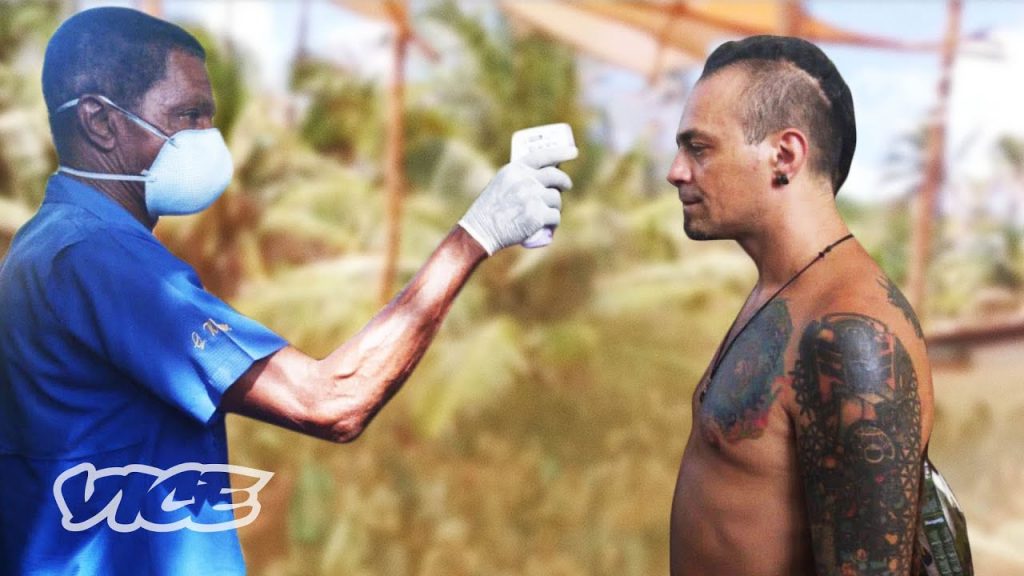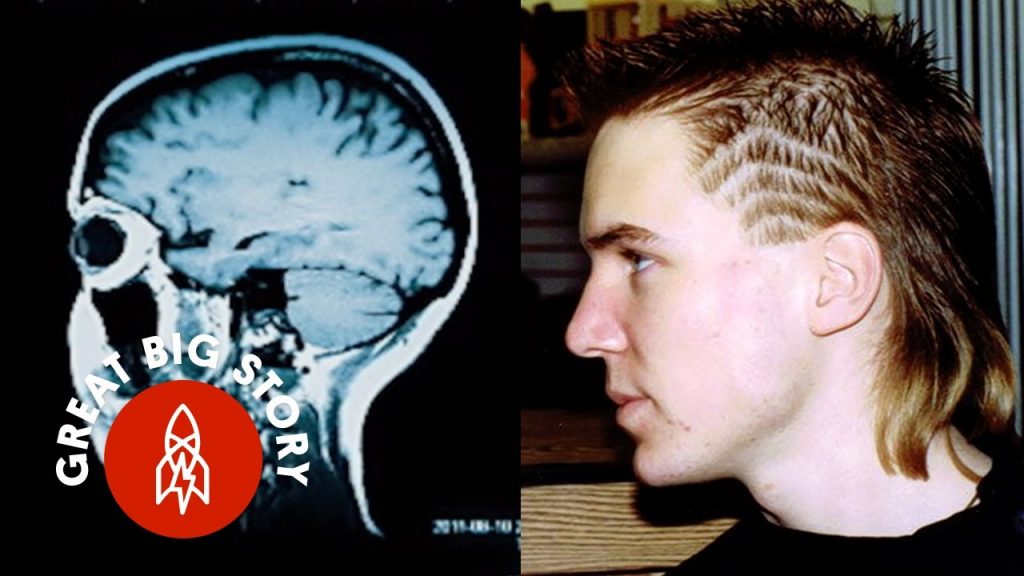Sold in America: The Workers

Sold in America?
The only place in the U.S. where money for sex is legal and follows the fight to decriminalize prostitution in the nation’s capital.
What laws and policies have the United States implemented to combat human trafficking?
Sold in America: The Workers
In recent years, the issue of human trafficking has emerged as a major concern in the United States. This practice, which involves the exploitation of people for labor or sex, is a form of modern-day slavery that affects millions of people worldwide. While many are aware of the problem, few understand the magnitude of human trafficking in the United States and the impact it has on the lives of those affected.
According to the International Labor Organization, an estimated 24.9 million people worldwide are trapped in forced labor. In the United States, the number of trafficking victims is difficult to determine, but it is believed to be in the hundreds of thousands. This issue affects men, women, and children of all ages and backgrounds, including those who have been forced to work in factories, farms, hotels, restaurants, and other industries.
The workers who are sold in America face a range of abuses that violate their basic human rights. They are often subjected to physical and emotional violence, forced to work long hours in dangerous conditions, and denied access to healthcare and other basic necessities. Many are also forced to work for little or no pay, with their earnings being withheld by their captors or used to pay off their debt bondage.
One of the most significant challenges in addressing human trafficking is the reluctance of victims to come forward. Many are afraid of retaliation by their captors or deportation if they do not have legal status in the United States. Some may also feel ashamed or believe that they have no other options. As a result, trafficking remains largely hidden and difficult to detect.
To combat human trafficking, the United States has implemented a range of laws and policies aimed at preventing the practice and providing assistance to victims. The Trafficking Victims Protection Act of 2000, for example, provides a framework for identifying and assisting trafficking victims, while the Department of Homeland Security’s Blue Campaign educates the public about human trafficking and increases awareness of resources available to victims.
In addition to these efforts, it is important for individuals to become educated about the issue and to look out for signs of trafficking in their communities. This might include noticing people who appear to be under the control of others or who appear to be working in unsafe conditions. By taking action and reporting suspected cases of trafficking, individuals can help protect the rights of those who are most vulnerable.
In conclusion, the issue of human trafficking is a complex one that requires a multifaceted approach. The workers who are sold in America are victims of a horrific crime that must be addressed with urgency and sensitivity. By working together as a society, we can help to prevent trafficking, provide assistance to victims, and ensure that justice is served for those who have been exploited.









Man from Village Builds HANDMADE Castle NO LOAN
Giant Python Bit My Face
Why Do Hyenas Laugh?
Myanmar’s EXTREME SEAFOOD Culture!! STRANGE Creatures and Ocean Farms!!
Living on a Self-Sufficient Sailboat for 10 Years